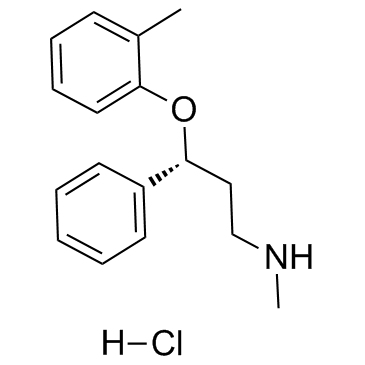| 结构式 | 名称/CAS号 | 全部文献 |
|---|---|---|
 |
盐酸哌甲酯
CAS:298-59-9 |
|
 |
盐酸托莫西汀
CAS:82248-59-7 |
| 结构式 | 名称/CAS号 | 全部文献 |
|---|---|---|
 |
盐酸哌甲酯
CAS:298-59-9 |
|
 |
盐酸托莫西汀
CAS:82248-59-7 |